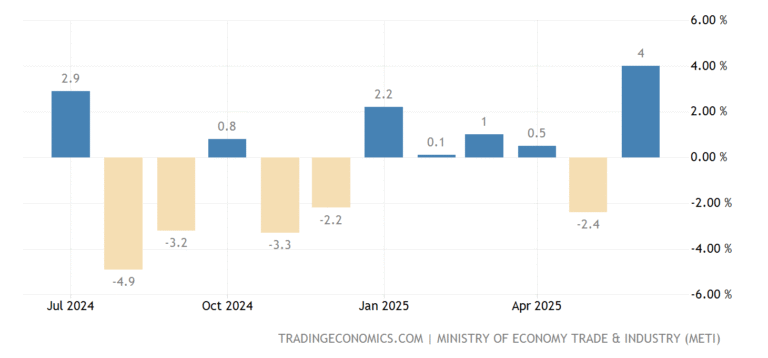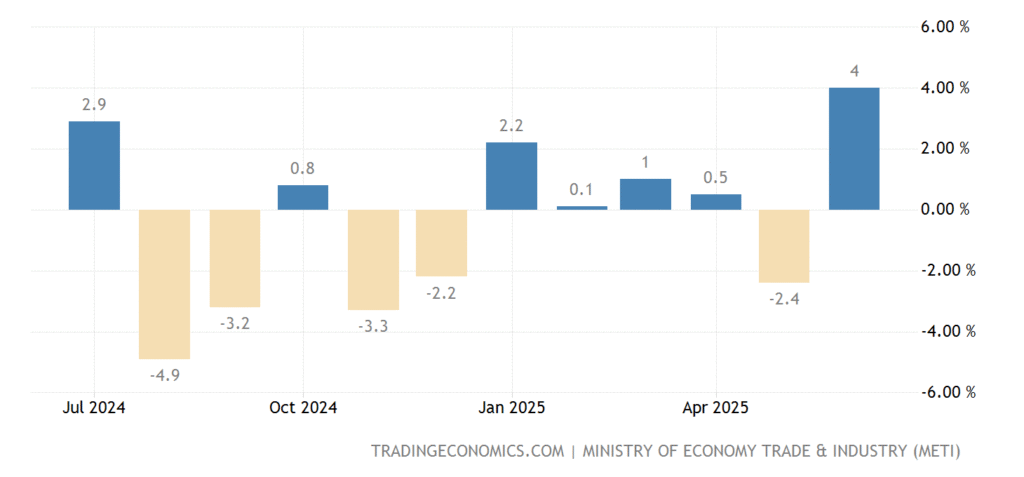It starts with a shared dream — the vision of building a life with someone you love — but when bank statements begin arriving in joint envelopes, the dream can blur into tension. Many couples underestimate how quickly disagreements over money can spill into other areas of their relationship. In fact, financial incompatibility is one of the most common reasons couples drift apart, even when they agree on almost everything else. The key isn’t always merging every dollar; sometimes, it’s learning how to keep finances separate while still moving toward shared goals.
Why Financial Boundaries Matter in Relationships
Romance is often painted as an all-in merger, from emotions to living spaces to bank accounts. But in reality, financial independence can be a stabilizing force. It gives each partner the security of knowing they have resources they control — a safety net for emergencies, and a space to make personal spending choices without the other person’s approval.
Psychologists note that couples who respect financial boundaries tend to communicate more openly. There’s less resentment about purchases, fewer arguments about “waste,” and a greater sense of personal identity. Money isn’t just currency; it’s tied to autonomy, values, and even self-esteem. Keeping certain accounts separate doesn’t mean avoiding shared responsibilities — it means structuring them in a way that supports both stability and trust.
The Balancing Act: Shared Goals vs. Individual Control
Couples often face a false choice: either combine everything or risk appearing “not serious” about the relationship. In truth, there’s a wide middle ground. You can keep primary accounts separate while creating joint savings or investment accounts for shared goals like buying a home, starting a business, or planning for children’s education.
This hybrid approach works because it respects individuality while creating visible progress toward collective dreams. For example, one partner might choose to invest more aggressively while the other prefers conservative savings. Each strategy can coexist, contributing to the joint vision without forcing identical financial behavior.
In the digital era, tools make this easier than ever. For example, a secure crypto wallet such as Voyallet can help individuals manage digital assets independently while still contributing to shared investment portfolios when needed. The transparency of blockchain technology also allows partners to see transactions without relinquishing full control of their funds.
Practical Systems for Keeping Money Separate
1. Decide on a shared expenses fund
Set up a joint account specifically for household costs — rent, mortgage, utilities, groceries, and insurance. Each partner contributes a fixed percentage of their income, which feels fairer than splitting bills 50/50 when earnings differ significantly.
2. Keep personal accounts untouched
Personal accounts remain solely in each person’s name. They cover individual spending — clothing, hobbies, travel with friends — without needing justification. This preserves independence and reduces petty disagreements.
3. Automate transfers and bill payments
Automation prevents the “I forgot” excuse. Both partners set recurring transfers into the joint account and automate shared bill payments, ensuring no one carries an uneven financial load.
4. Create a communication rhythm
Schedule monthly or quarterly “money check-ins” to review shared goals, upcoming expenses, and any needed adjustments. These conversations keep transparency high without micromanaging each other’s finances.
5. Plan for emergencies together
Even with separate accounts, agree on how unexpected medical bills, car repairs, or job losses will be handled. Knowing there’s a plan reduces panic when life takes an unplanned turn.
Handling Investments and Long-Term Commitments
Joint investments can be tricky when you keep finances separate. The safest approach is to create a dedicated investment account or legal structure that clearly outlines ownership and contribution proportions. This prevents disputes if the relationship changes in the future.
For couples exploring digital assets or alternative investments, maintaining individual portfolios allows each partner to control risk exposure. Shared goals, such as saving for a property or retirement, can still be funded proportionally through agreed-upon contributions from each person’s portfolio. Digital tools make this balance easier, offering both transparency and security without forcing a complete merger of funds.
The Emotional Side of Separate Finances
Some people see separate finances as a lack of trust, but in reality, it can be the opposite — a sign of respect for each other’s independence. It can also remove unnecessary friction. When one partner splurges on a weekend getaway with friends, the other isn’t left feeling their own priorities have been sidelined.
However, emotional transparency still matters. Separate accounts shouldn’t be used to hide debts, risky investments, or significant financial changes. The healthiest arrangements combine independence with honesty.
Warning Signs to Watch For
While keeping money separate can be healthy, certain patterns can signal deeper issues:
- Financial secrecy — unexplained withdrawals, hidden accounts, or major purchases without discussion.
- Unequal commitment to shared goals — one partner consistently underfunds joint responsibilities.
- Avoidance of financial conversations — reluctance to discuss money often masks anxiety, shame, or control issues.
If these patterns appear, it’s important to address them directly, perhaps with the help of a financial counselor or mediator.
When to Revisit Your Arrangement
Life changes — moving in together, marriage, children, career shifts — can all warrant revisiting your financial setup. What works early in a relationship might need adjusting later. The key is flexibility: your structure should evolve as your relationship and financial realities change.
A healthy sign is when both partners feel secure and respected by the arrangement. If either begins to feel resentful, limited, or overly scrutinized, it’s time for an honest conversation.
Actionable Takeaways for Financial Harmony
- Agree on a fair contribution model — percentage-based contributions often work best for couples with different incomes.
- Maintain open communication — schedule regular check-ins to discuss both shared and personal goals.
- Use tools that support transparency — whether traditional banking apps or secure digital wallets, choose systems that make it easy to track joint commitments without merging everything.
- Keep emergency protocols in place — decide in advance how to share the burden of unexpected costs.
- Respect personal spending boundaries — avoid criticizing purchases from personal accounts unless they directly impact joint goals.
Closing Insight
Keeping finances separate while building a future together isn’t about mistrust — it’s about designing a system that supports both individuality and unity. The healthiest financial arrangements are the ones where partners can pursue personal goals while still celebrating collective milestones. By respecting boundaries, communicating openly, and using the right tools, couples can enjoy the best of both worlds: independence and togetherness, side by side.













